Just because Apple leads doesn't mean everyone is following
This article may contain personal views and opinion from the author.

We are very big proponents of giving credit where it is due, but that also means that we like to set the record straight when a company gets credit for more than it deserves. It's a very tricky line to walk, but one that we find most can't walk properly with Apple more often than any other company. We know that preaching objectivity in the tech world, especially when it comes to Apple, is something of a fool's game, but we can't help trying.
Ever since Apple announced the new iPad, and especially the Retina Display of the new iPad, there have been the two standard camps that have set up on either side of the issue. There are those who want to praise Apple for the innovation, and often use that praise to attack other companies for not "being good enough" to make that technological leap first; and, there are those who want to claim that Apple didn't really innovate anything, and is merely using a component designed and manufactured by other companies. As is usually the case in these times, both sides are actually right. The key is to remember that just because one company is leading doesn't mean that the others are following.
Requirements of innovation
Yes, Apple has pushed forward displays in consumer devices, and has been the first to do so at times. Many Apple supporters always like to make the claim that the technology has been possible, and Apple was the first to push it out, which is true. It's the point that often follows that doesn't really hold water. Often, the argument follows that other companies couldn't or wouldn't push this technology without Apple having done it first, but that's an extremely reductive view. Let's take the case of the Retina Display that Apple loves to market for the new iPad.
Sure, the technology for higher pixel density on screens was possible 10 years ago, but we have to remember that something being technologically possible is actually a very small piece of the puzzle that we call innovation. It has been technologically possible to have electric cars for over a century now. Back in 1900, 28% of all cars on the roads in the US were electric. Given how that has played out, technological possibilities are quite obviously not the main factor in popular uptake.
As far as high PPI displays, sure the technology has been possible for a while, but the need wasn't there. HD video wasn't pervasive until very recently, and the TV was still the focal point for visual media consumption, so naturally HDTVs got the push instead of computers. Additionally, before the wide variations in screen size which has come from mobile, there was no need to even talk about PPI, let alone make that a distinguishing factor of a device. The vast majority of computer screens fell within a range of about 12-15" on laptops, 19-27" on desktops, and 27-50" on TVs, and all of those devices were essentially used from a fixed perspective. Now, we've also added in the lower sizes of 4-10" between smartphones and tablets, which are completely mobile, and in our hands at all times. So, PPI is a more important metric, and one that has been especially important for Apple.
Focus
That's not to say that PPI hasn't been important for other manufacturers. No one was "waiting for the Apple green light" to begin using the technology, rather, no other companies have been as focused on visuals nearly as much as Apple. Apple is a design company, so it wants the best visuals at all times. That means not only having well designed hardware, but having well designed software as well. With everything moving towards HD, the display and graphics processing is far more important than anything else on devices, and so, that's where we've seen Apple focusing its efforts and leading the way. Maybe Apple didn't design or build the display panels for the new iPad, but like it or not, Apple was the first to put a display of that quality into a popular consumer device, and that counts for quite a lot, even if that kind of push comes with problems as far as manufacturing.
We already know that Apple is willing to slow down processes within iOS to give preference to UI interactions in order to give it that extra visual smoothness. And, we also know that the company ethos of Apple is to be incredibly focused on certain aspects in order to get them right, and possibly ignore other areas. So, it shouldn't really be any surprise that Apple would spend all of its efforts in updating all of the graphics of iOS, not to mention pushing the graphics processing ahead of data processing in order to be able to point at its visuals as the best available.
On the other side, Android manufacturers are more concerned with making adaptable devices, so we've seen things like the PadFone, or laptop docks, or more work with a new generation of styluses (styli?). As with all technology, high PPI screens will make it around to everyone eventually, as they have with smartphones. Sure, Apple led the way with the iPhone's Retina display, but other devices have since easily eclipsed that with new 720p screens, and even before that qHD screens were able to get pretty close to the iPhone's display quality on many occasions.
Conclusion
Every company wants to be the leader in something. Every company has a core focus. Google wants to be the fastest way to organize and find data, and wants to be malleable with open data and customization. Facebook wants to be the best at knowing what you want. RIM has traditionally wanted to be the most secure option for enterprise. And, Apple wants to create the most beautiful products around in a tightly controlled ecosystem.
And, in those efforts, each company may ignore other aspects in order to reach its focus. Google has traditionally ignored design in favor of speed, and maybe has put too much faith in users rather than building better security from the start. Facebook has sometimes ignored user comfort in order to build a more complete database of interests and behavior. RIM forgot that there were consumer users and was left behind in that market, despite still excelling on security. And, Apple has ignored customization options in favor of presenting its design vision.
Each company has its focus and its flaws, and we have to try to align our personal values with those company aims, not the other way around. Apple may lead in visuals, but that doesn't automatically make other companies followers. It simply means that other companies have different aims, and may look to innovate in other ways before pushing for the innovations that Apple makes. Similarly, eventually it goes the other way and Apple will adopt innovations that other companies thought were more important, like the notification tray. Every company leads at some point, and every company follows. That's just the beautiful circle of innovation.
Follow us on Google News



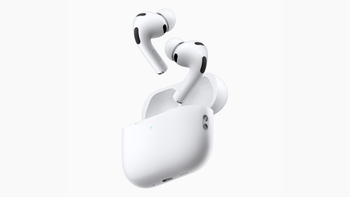
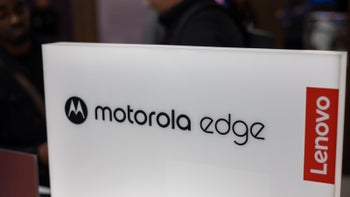


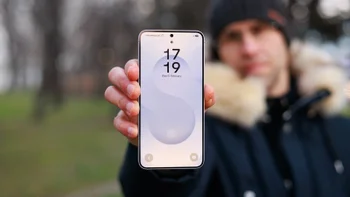
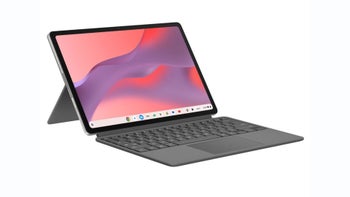
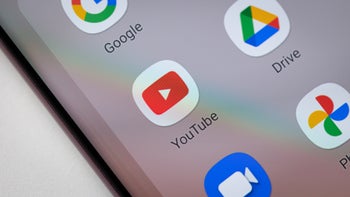
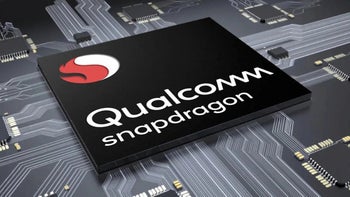

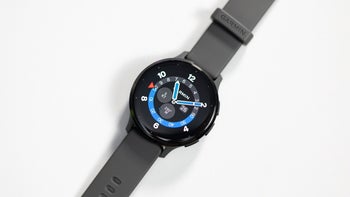
Things that are NOT allowed:
To help keep our community safe and free from spam, we apply temporary limits to newly created accounts: